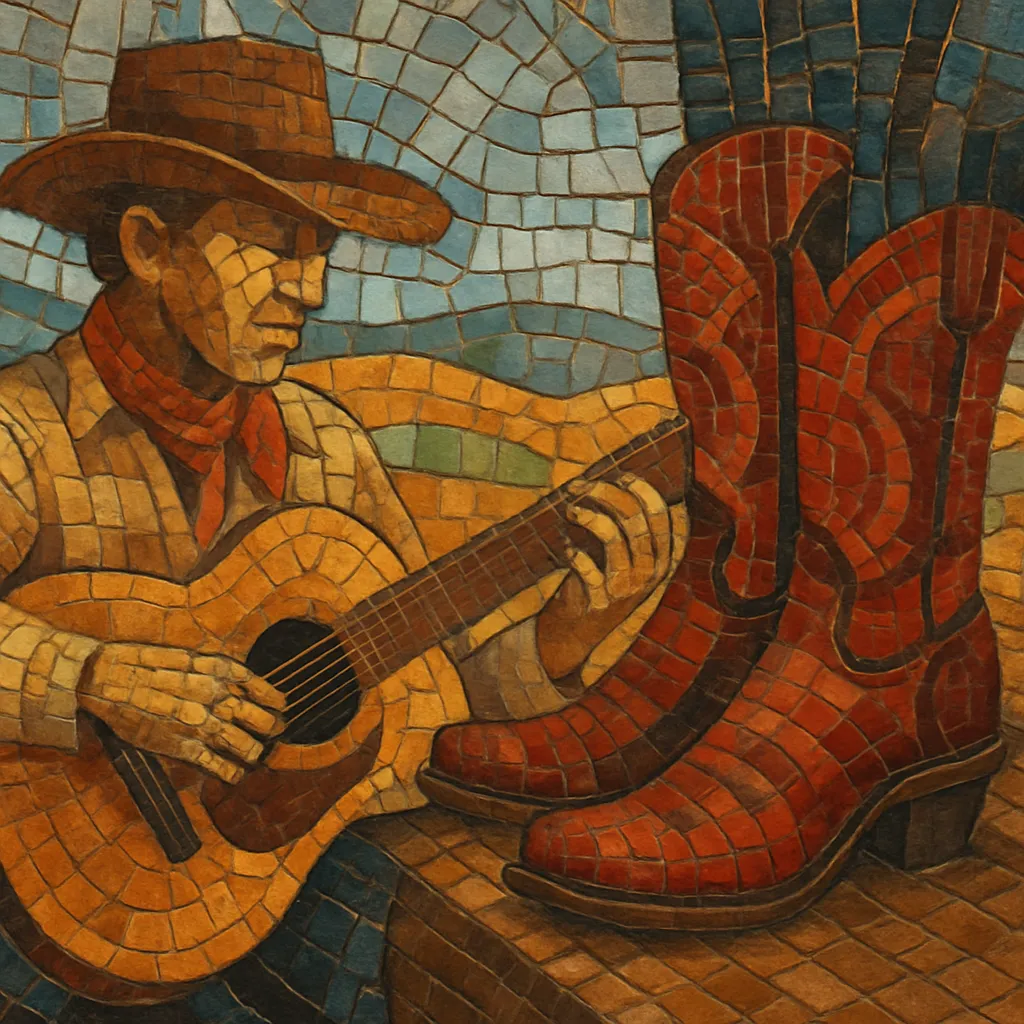
Country boogie (often called "hillbilly boogie") is a high-energy, dance-oriented strain of country music built on boogie‑woogie rhythms and bluesy harmony. It features driving bass lines, chugging rhythm guitars, and prominent boogie piano or lead guitar figures that create an eight-to-the-bar feel.
Emerging in the mid‑to‑late 1940s, it blended the swing of Western swing bands with rural country songcraft and the rhythmic insistence of boogie‑woogie and blues. Its streamlined, uptempo sound and backbeat accents helped pave the way for rockabilly and early rock and roll.
Country boogie took shape in the United States as country musicians absorbed the infectious, eight‑to‑the‑bar pulse of boogie‑woogie and the danceability of swing. Western swing bands had already married jazz harmony to fiddle tunes; country boogie streamlined that approach into smaller combos with a steadier backbeat and simpler harmonic movement.
The Delmore Brothers’ “Freight Train Boogie” (1946) is frequently cited as an early landmark, coupling country vocal harmony and imagery with a locomotive boogie groove. Around the same time, Arthur “Guitar Boogie” Smith popularized percussive, boogie‑driven lead guitar, shifting the style’s center of gravity from piano to guitar.
In the years immediately after World War II, country boogie became a staple of jukeboxes and barn dances. Tennessee Ernie Ford’s “Shotgun Boogie,” Tex Williams’ hits within the Western swing orbit, and Red Foley’s playful, rhythmic sides brought the style to a national audience. Pianists like Moon Mullican and Merrill Moore pushed the boogie feel with rollicking left‑hand patterns, while artists such as Hank Snow folded the groove into their country repertoires.
Songs celebrating cars, highways, and modern life—like Arkie Shibley’s “Hot Rod Race”—linked country boogie to the emergent automotive youth culture that rock and roll would soon amplify.
By the early 1950s, country boogie’s tempo, backbeat, and 12‑bar blues structures were flowing directly into rockabilly. Bill Haley, coming from a country/Western swing background, carried boogie’s rhythmic DNA into his early rock and roll records. As rockabilly and rock and roll surged, country boogie receded as a named style but lived on in their core rhythmic vocabulary.
Country boogie’s legacy is audible in the slap‑time bass, percussive rhythm guitar, and blues‑based forms of rockabilly and first‑wave rock and roll. It also prefigured later country substyles that celebrated the road and machinery, providing a template for narrative, groove‑forward country storytelling.

